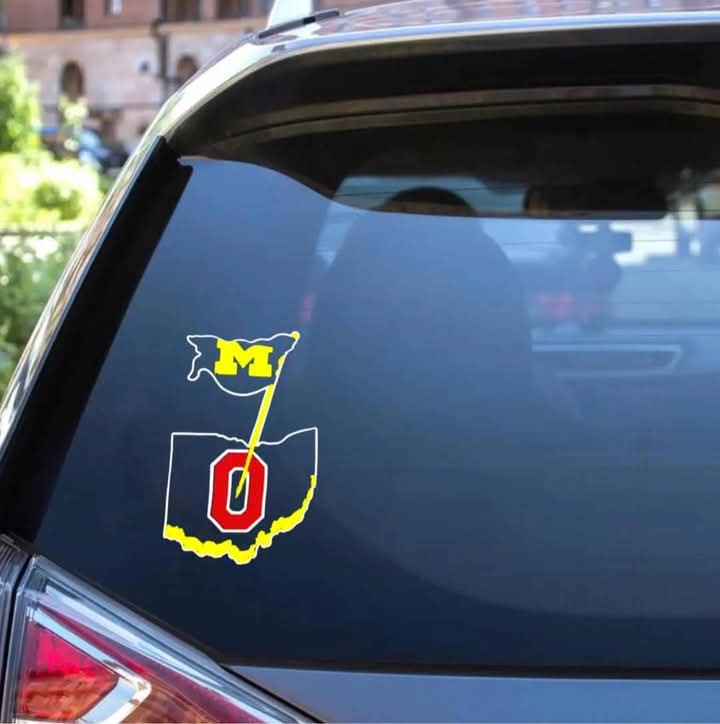
The Social Currency of Stickers and the Quest for Validation
In the digital age, social media has become an essential avenue for self-expression, validation, and community engagement. Among the various artifacts of online culture, stickers—whether virtual or physical—serve as a representation of personality, humor, and personal branding. However, their reception varies widely across different social spheres. This paper explores the phenomenon of posting a sticker on a personal timeline, receiving minimal appreciation, and subsequently seeking validation in alternative communities. The study examines the underlying psychological motivations behind such behavior, the fluidity of digital social capital, and the significance of niche admiration in defining personal identity and perceived coolness.
The human need for recognition and approval is deeply rooted in social interactions. When an individual shares a sticker on their timeline, it is often with the expectation of engagement in the form of likes, comments, or shares. However, when the response is underwhelming, it can lead to feelings of disconnection or insignificance within that specific social context. This lack of appreciation may not necessarily reflect the sticker’s intrinsic value but rather the varying tastes, preferences, and cultural nuances of the audience. As a response, the individual may seek out alternative communities where their aesthetic, humor, or creativity is more likely to be appreciated.
This migration toward a more receptive audience underscores the dynamic nature of online identity formation. What is considered “cool” is not an absolute metric but a construct shaped by contextual approval. The digital ecosystem is characterized by numerous micro-communities, each with its own set of values and aesthetic criteria. In seeking admiration from a different collective, individuals reaffirm their sense of identity, establish new connections, and reassert their status within a more appreciative environment.
Furthermore, the case of sticker appreciation reveals broader implications about digital social currency. Just as economic systems depend on exchange rates, social validation operates on perceived value within specific groups. A sticker that goes unnoticed in one setting may be celebrated in another, illustrating the subjectivity of coolness and the fluctuating nature of digital admiration.
Ultimately, this analysis highlights the adaptability of individuals in navigating social spaces, the importance of niche communities in fostering self-expression, and the evolving nature of digital coolness. Whether a sticker is valued or ignored, its significance lies not just in broad recognition but in the spaces where it resonates most profoundly. By understanding these dynamics, we gain deeper insight into the social mechanics of the online world and the ever-shifting boundaries of admiration and identity.





